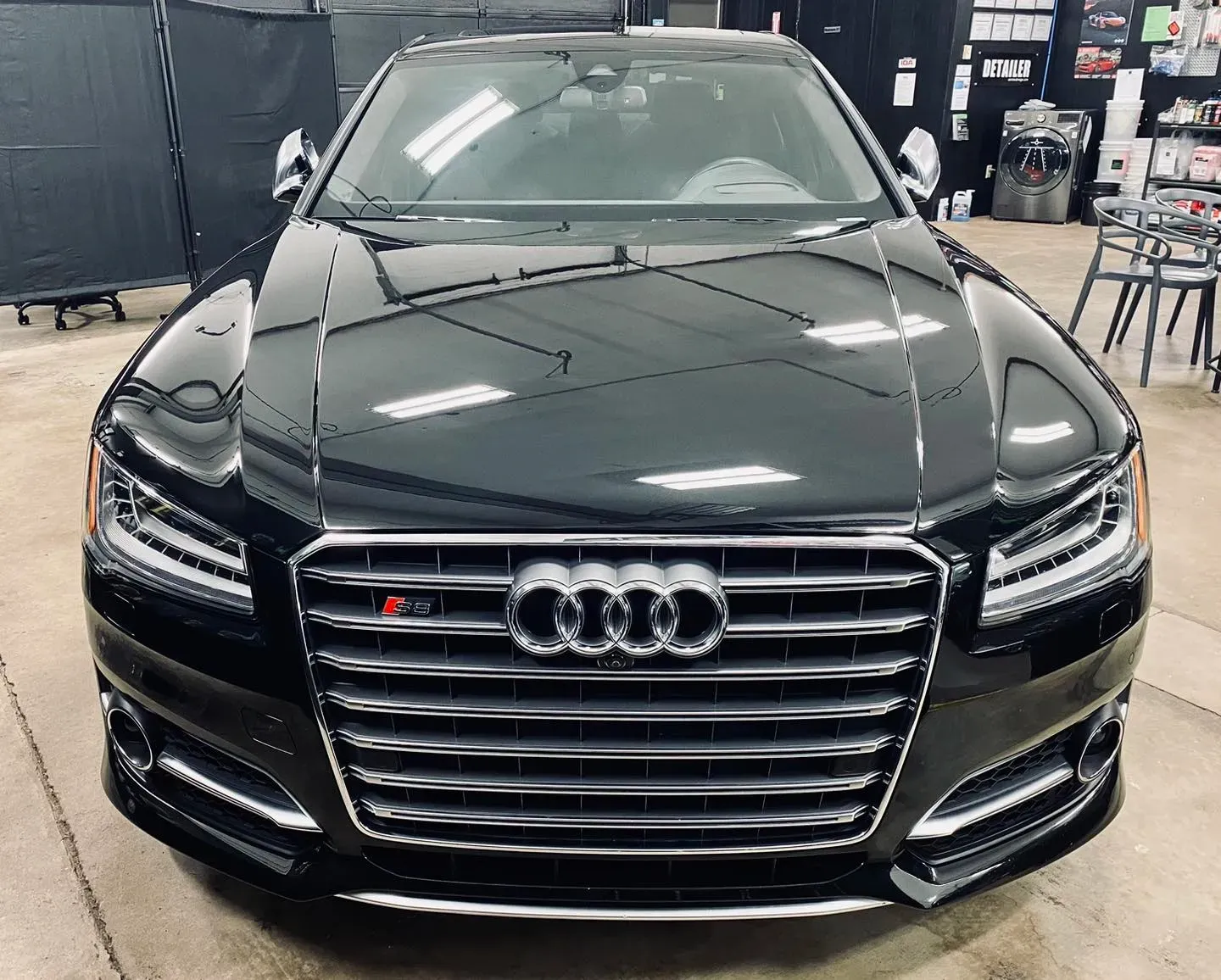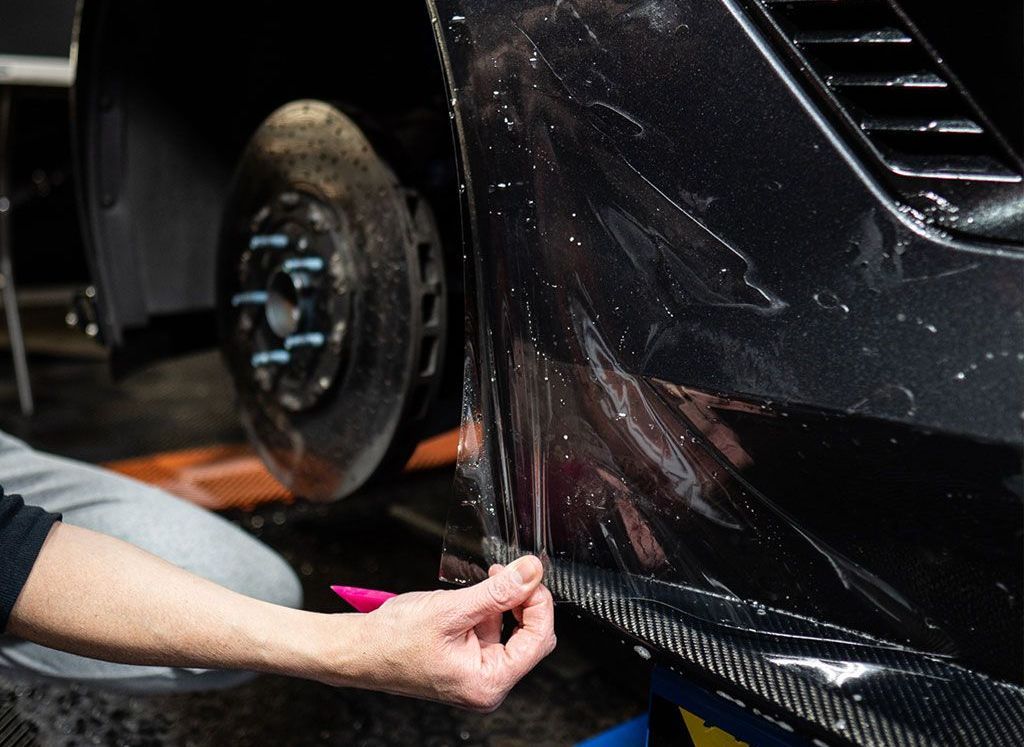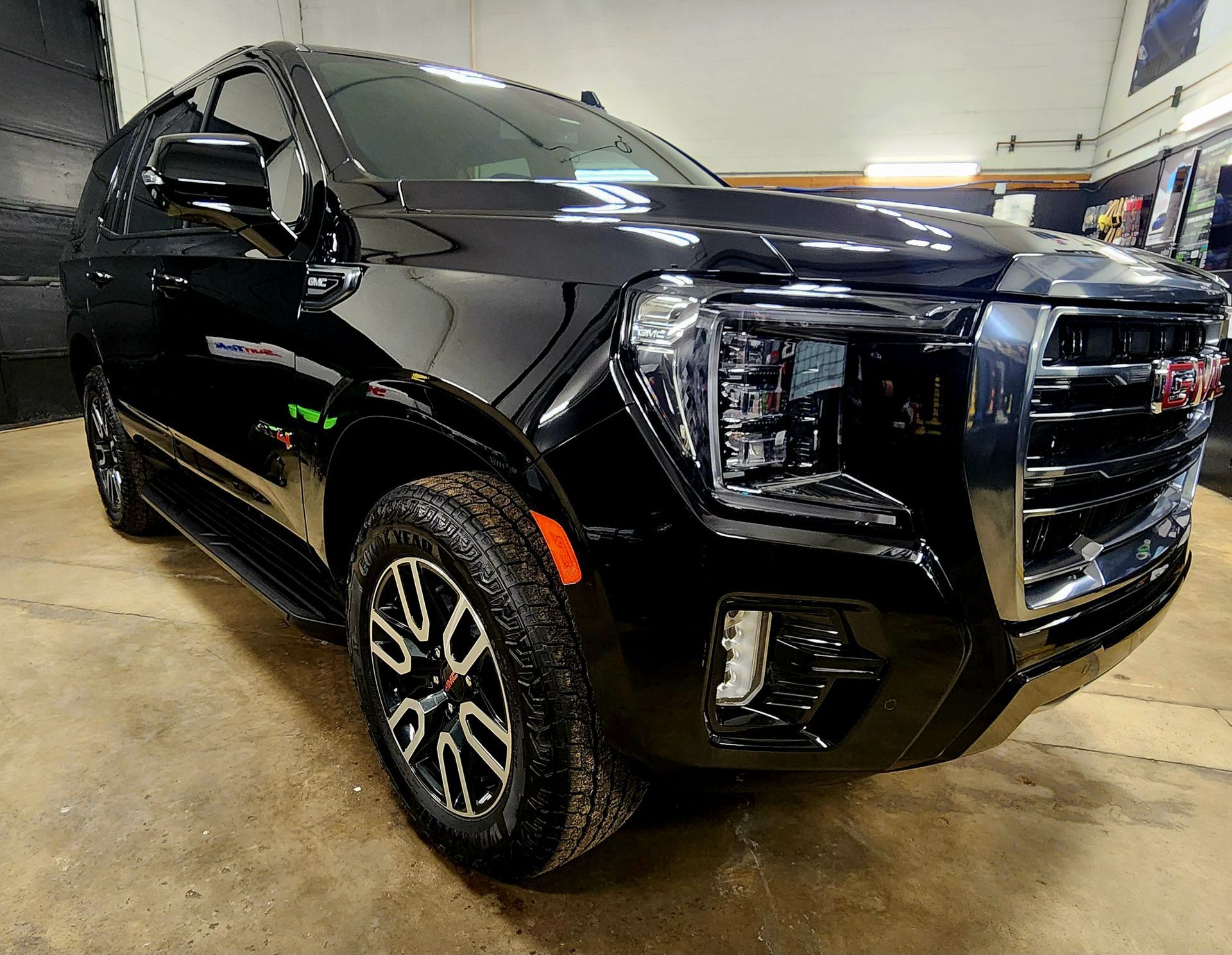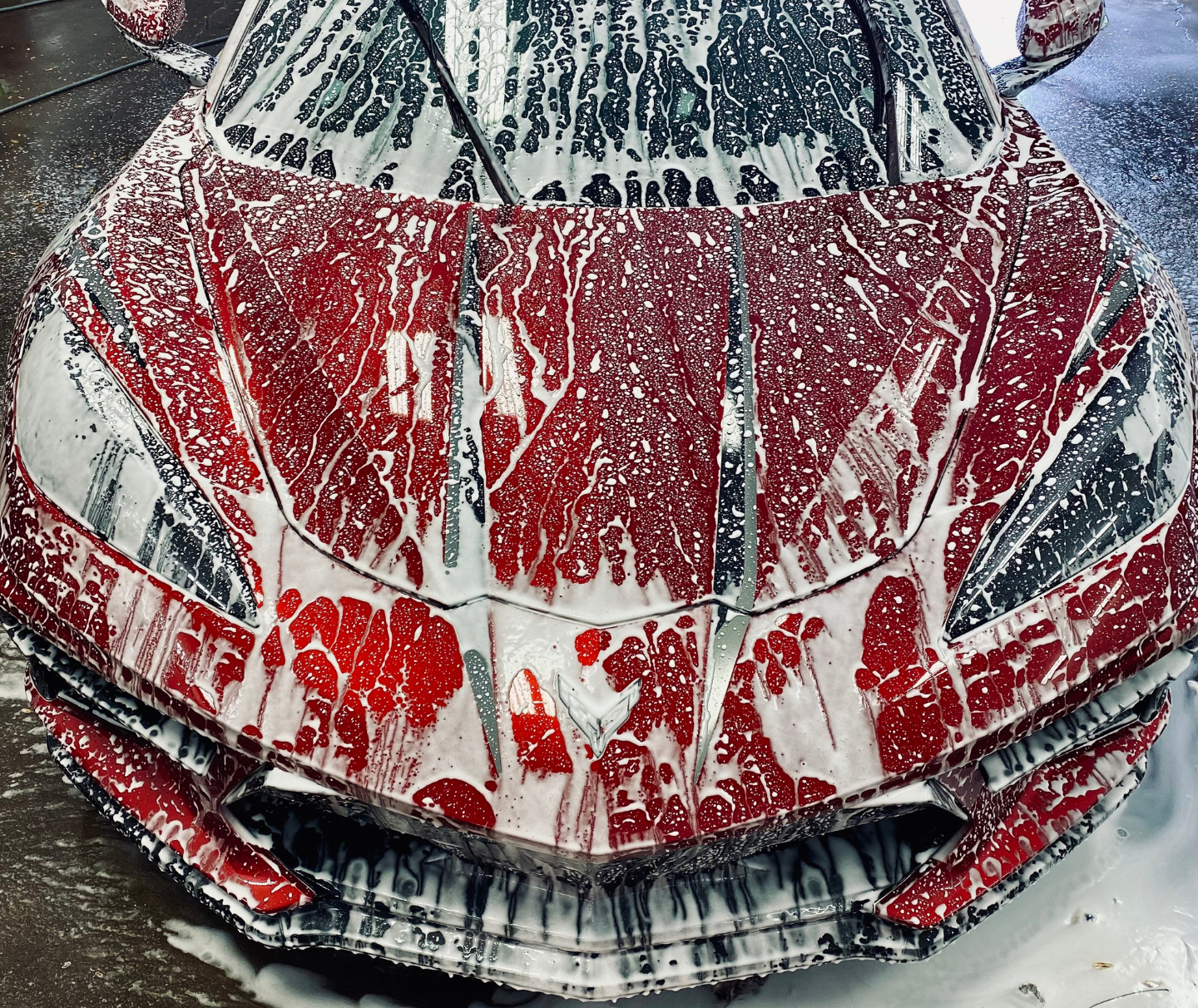Exploring the Chemical Composition of Ceramic Coating: An In-Depth Analysis
When it comes to protecting our valuable possessions, we often think of traditional methods like waxes and sealants. However, there's a game-changer in the market that's gaining a lot of attention: ceramic coatings. So, what makes them so special? Ceramic coatings primarily consist of key components such as silicon dioxide (SiO₂) and titanium dioxide (TiO₂), which provide hardness, durability, and resistance to environmental elements. Additional compounds like polysiloxanes serve as binders for better adhesion, while solvents facilitate an even application of the coating before evaporating to leave a solid protective layer.
In this article, we'll dive into the science behind ceramic coatings—their chemical makeup and how they work—so you can fully understand why they've become a go-to solution for many people eager to maintain the allure and longevity of their vehicles and equipment.
What is Ceramic Coating?
Ceramic coatings have indeed transformed the way we defend our valuable assets. These coatings don’t merely sit on the surface; they create an incredibly strong bond with the material underneath, forming a protective barrier. This trait is especially important for surfaces that are frequently exposed to harsh environmental conditions—from raindrops and UV rays to bird droppings and tree sap. Understanding their chemical composition allows us to appreciate how they enhance both the durability and aesthetic allure of vehicles and machinery.
At their core, ceramic coatings fulfill two essential functions: shielding surfaces from contamination while offering superior hardness and resistance to heat. Their hydrophobic properties repel water and make it more difficult for grime to stick.

What Is It Made Of?
A typical ceramic coating comprises silicon dioxide (SiO₂) and titanium dioxide (TiO₂) as its primary constituents. Silicon dioxide acts as the backbone, providing hardness from 10% up to 85% of the formula, while titanium dioxide enhances durability without sacrificing transparency—preserving that glossy finish we all love. Notably, polysiloxanes serve as binders, ensuring strong adhesion between the coating and the underlying surface, fortifying the bond even further against wear and tear.
The combination of these chemicals results in a multi-layered protective system where each ingredient plays a crucial role. Solvents used during application evaporate quickly, leaving behind a solid layer that shields against environmental hazards.
With such an elaborate mixture in place, one might wonder about the longevity of these coatings. Generally, high-quality ceramic coatings can offer protection lasting anywhere from 2 to 7 years or more, which far exceeds traditional waxes or sealants that require frequent reapplication. When you consider the investment in your vehicle's appearance and value preservation, it becomes clear why ceramic coatings are worth every penny.
Historical Context and Evolution
Ceramic coatings have intriguingly evolved from specialized industrial applications to indispensable components in various industries, most notably automotive detailing. Their journey began when engineers in the aerospace sector during the mid-20th century sought materials that could endure extreme working conditions while maintaining lightweight properties. As these coatings proved successful in preventing heat damage and wear on aircraft components, such innovations became ripe for broader application.
Early Beginnings
The initial aim of these coatings was to address the harshest environments imaginable. For example, during test flights, engineers discovered that traditional materials couldn't withstand the thermal and mechanical stresses imposed during high-speed flights. This need spurred the development of ceramic coatings as protective barriers against heat and wear. Soon after, savvy car enthusiasts recognized their potential benefits, inspiring manufacturers to explore their use in automotive paints.
As we transition into the late 20th century, the narrative shifts towards key milestones and innovations that expanded the capabilities of ceramic coatings.
Milestones in Development
Fast-forward to the 1980s, when Japanese companies led the charge by introducing silica-based coatings specifically designed for automotive applications. These early versions garnered attention for enhancing paint longevity and resistance to environmental factors like UV rays and acid rain. Adoption spread across international markets, prompting a shift in how vehicles are protected.
By the early 2000s, advancements in nanotechnology marked a significant turning point. Manufacturers began to understand how manipulating materials at a molecular level could yield improvements in coating performance—creating products that were more durable, hydrophobic, and resistant to chemicals than ever before. This pivotal moment gave birth to what we now recognize as cutting-edge ceramic coatings used today.
Having outlined the fascinating history of ceramic coatings, it’s essential to explore the specific components that contribute to their effectiveness in safeguarding surfaces.

Core Chemicals and Components
At the heart of every effective ceramic coating are its key ingredients. The magic of these coatings lies within their chemical composition, as it directly translates into their performance and usability. For instance, Silicon Dioxide (SiO₂) is crucial since it comprises a significant portion—between 10% to 85%—of any ceramic formulation.
Titanium Dioxide (TiO₂) is another powerhouse ingredient enhancing both performance and aesthetic appeal. Titanium dioxide serves a dual purpose: it enhances UV protection while adding gloss, creating an impressive shine that keeps surfaces looking brand new. Furthermore, its transparency allows original colors to shine through while serving as a barrier against sunlight damage—a crucial feature considering the daily exposure surfaces endure.
Another critical player in this mix is Polysiloxanes. These silicone compounds act as powerful binders, ensuring strong adhesion of the coating to the underlying substrate. By holding everything together securely, they contribute significantly to both the longevity and effectiveness of ceramic coatings. Their presence is vital; without them, there's a risk of peeling or flaking over time.
Finally, we must not overlook the role of solvents in this equation. Solvents play an essential yet often overlooked part in ensuring an even spread during application. The right solvent can make all the difference, as it helps maintain consistency and enables proper coverage across varying surfaces. Imagine trying to paint a wall with thick paint; without the right amount of thinner, you might end up with an uneven finish—this same principle applies here too.
The integration of silicon dioxide for strength, titanium dioxide for aesthetics and durability, polysiloxanes for structural integrity, and solvents for application efficiency results in high-performance ceramic coatings tailored for demanding environments. Understanding these chemicals not only explains why these coatings excel but also highlights the significance of selecting quality products available at Final Approach Detailing.
Protective Properties
The true magic of ceramic coatings lies in their protective characteristics, which are unparalleled in many respects. These coatings offer a level of resilience that can dramatically change how surfaces withstand daily wear and tear.
Final Thoughts: Why Understanding Ceramic Coating Matters
By looking deeper into what ceramic coating is made of—its unique blend of silicon dioxide, nanotechnology, and chemical bonding agents—it’s clear that this isn’t just another layer of shine. This engineered protection forms a bond with your vehicle's paint, ensuring it maintains its newer appearance for a longer period. Whether you're trying to prevent UV damage, avoid water spots, or just want your car to stay cleaner between washes, understanding the science behind ceramic coating helps you make a smarter decision.
If you're ready to give your vehicle that extra layer of protection with results that last, we're here to help.
Reach out to Final Approach Detailing to learn more about our ceramic coating packages or to book your appointment. Let’s protect what moves you—one detail at a time.
Providing Our Clients and Community with a "First-Class" Service Experience
Final Approach Detailing was officially founded in 2019, rising up from the clouds of trials and tribulations one of our owners faced throughout his young life. Establishing an auto detailing studio that specializes in ceramic coatings, paint protection film products, window tinting, paint correction, and various detailing services was only really part of the goal. We wanted to redefine the impact cars, trucks, SUVs, and other automobiles have on their owners and help make a difference in their quality as an asset in those customer’s lives. Working on countless makes and models, along with other types of vehicles most never get to, you will ALWAYS get a first-class vehicle care experience with us!
Quick Links
Hours of Operations
Monday - Friday: 8:00 AM - 6:00 PM
Saturday: By Appointment
Sunday: Closed
Service Areas
This website was designed by the team at Detailers Roadmap, a platform developed for detailing operators across the globe.
All Rights Reserved | 8bitcreative, LLC | Final Approach Detailing





